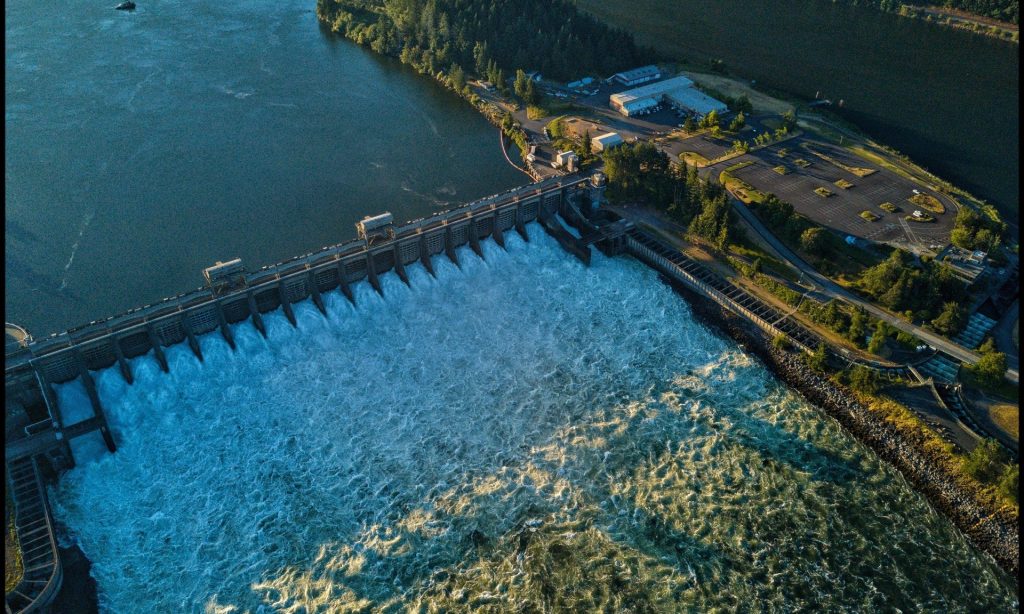DOE Report Reveals Benefits of Hydropower for Energy Storage
2 min read
According to the Department of Energy’s National Renewable Energy Laboratory (NREL), closed-loop pumped storage hydropower has the lowest global warming potential (GWP) compared to other grid-scale energy storage technologies.
The NREL study compared pumped storage hydropower to four other technologies, including compressed-air energy storage, utility-scale lithium-ion batteries, utility-scale lead-acid, and vanadium redox flow batteries. Findings are based on 39 preliminary designs from 35 sites in the United States. revealed that the average pumped storage hydropower facility has a storage capacity of 835 megawatts and delivers about 2,060 gigawatt hours of stored energy each year.
Pumped storage hydropower systems work to generate and store energy by using water that flows between two reservoirs. Closed-loop systems, specifically, are not connected to an outside body of water.
According to researchers, pumped storage hydropower generates about a quarter of the greenhouse gas emissions caused by compressed air storage. They also estimated that the technology’s GWP ranges from about 58 to 502 grams of carbon dioxide per kilowatt hour. GWP was developed in order to measure the relative warming impacts of various gases, and this figure shows comparatively low carbon impact.
NREL Findings Follow Promising Hydropower Research, Major Hydroelectric Research Investments
The DOE recently found pumped storage hydropower to be a viable alternative energy storage option for Alaska, which faces energy challenges due to its size and location. Using the technology for energy storage would help lower high energy costs in the region and reduce energy-caused carbon emissions.
The DOE has invested nearly $600 million into hydroelectric energy generation and storage, and this study further confirms continued support to further expand the technology. Energy storage plays an important role in ensuring renewable energy, such as solar and wind, may reach their full potential. Energy that would otherwise be wasted may be stored with pumped storage hydropower and delivered to consumers as needed.
“Decarbonizing the electrical grid in the United States will require grid-scale energy storage options that minimize additional carbon emissions,” said the NREL report. “Our results suggest that closed-loop pumped storage hydropower is a promising energy storage option in terms of its life cycle GHG emissions and can play a key role toward meeting our nation’s climate goals.”





